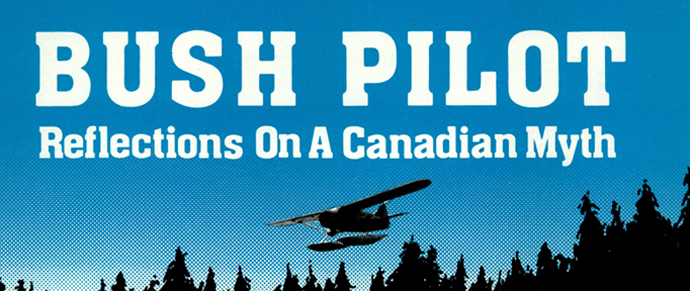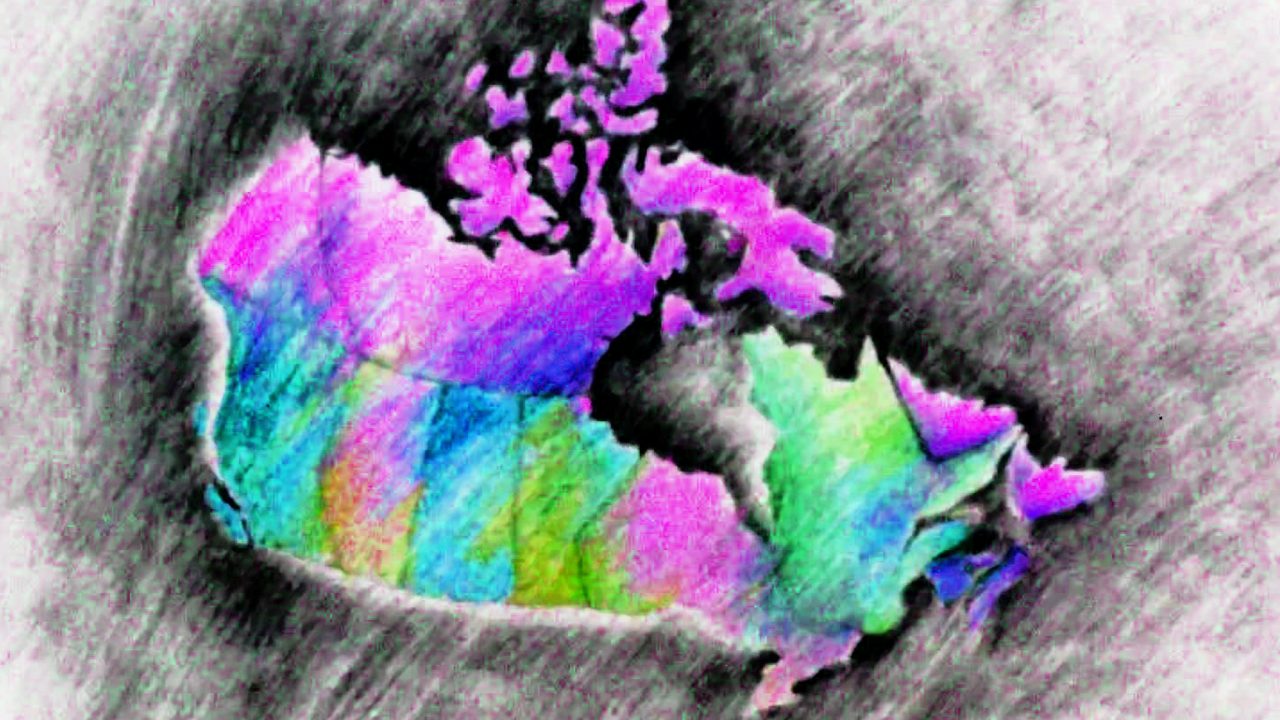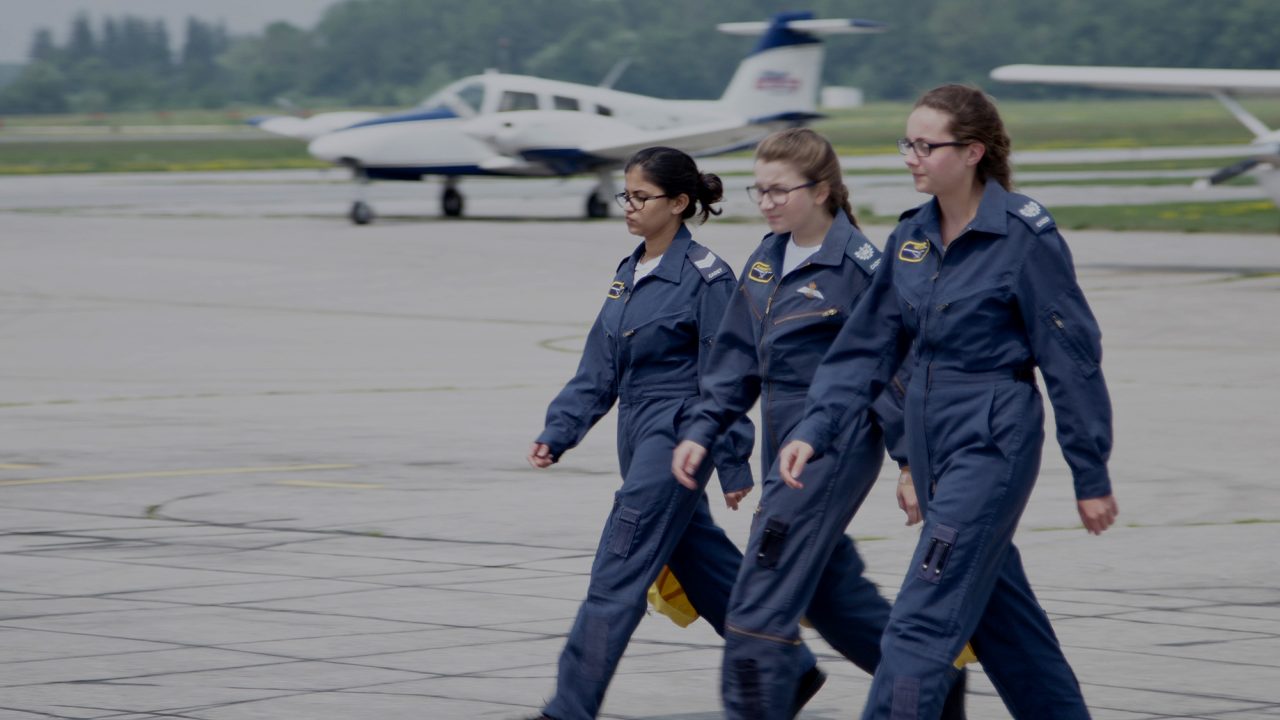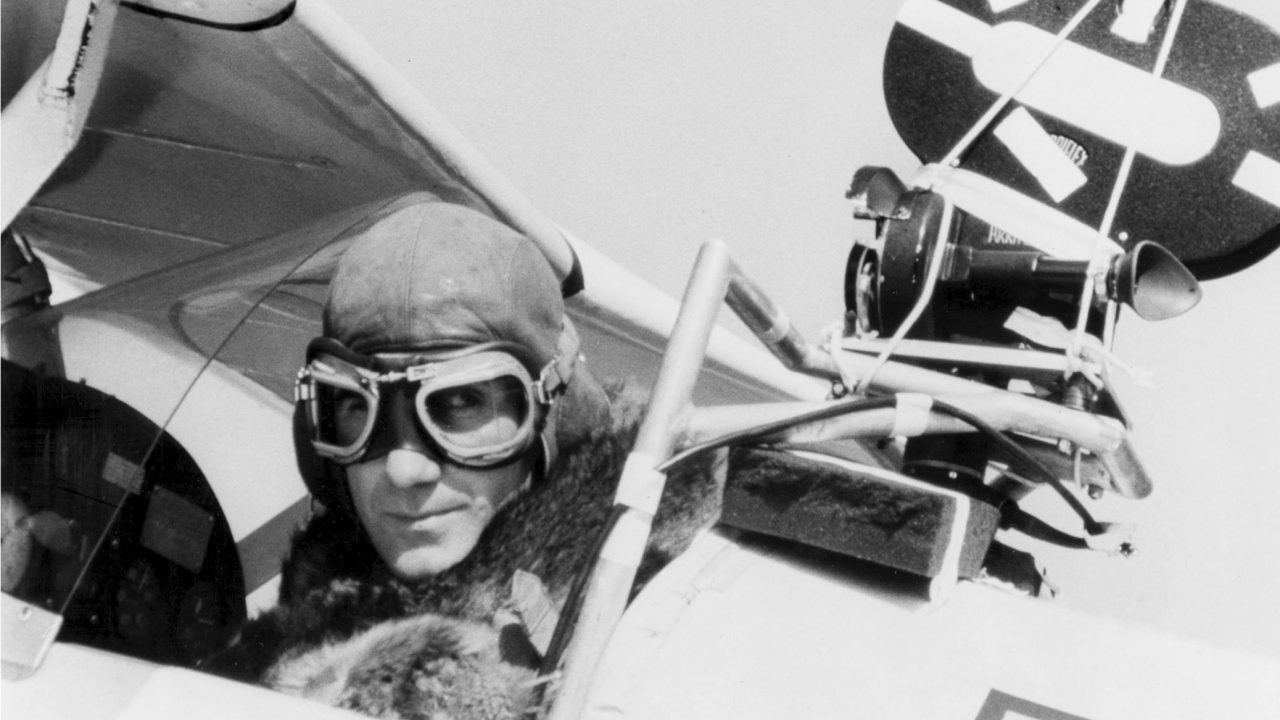
Bush Pilot: Canada’s History Comes Alive
Bush Pilot: Canada’s History Comes Alive
Warning: The following blog post is unashamedly written from the point of view of an aviation enthusiast. Reading it will make you want to discover more about Canada’s aviation history.
Bush Pilot: Reflections on a Canadian Myth was originally to be a film on the fabled Noorduyn Norseman bush plane. Some 903 examples of this workhorse bush plane were built in Canada from 1935 to 1959 and saw service in 68 countries. Rugged, reliable and capable of carrying ten passengers or 3,000 pounds of freight, these bush planes served, for the most part, in remote regions of Canada and the USA but also in such diverse countries as Thailand and Ethiopia. Able to operate on floats or skis, the planes supplied even the most inaccessible communities for over 70 years.
Though the film evolved into a tribute to the bush pilots of the Canadian north, the Norseman is still prominent in Bush Pilot. A Mk IV aircraft (registered as CF-GUE) flown by Northway Aviation of Manitoba is lovingly presented throughout the film, which employs several interviews with veteran bush pilots to tell the story of the opening up of the North through the bush plane. Northway Aviation continues to service the North to this day but Bush Pilot clearly shows the new North being re-shaped in the image of the South. The romanticized era of the bush pilot was long over by the time the film was made. The president of Northway says it best when he compares the bush pilot to a taxi driver or a bus driver. Enough said. (By the way, Northway’s Norseman, CF-GUE, was the 542nd aircraft to be produced by Noorduyn Aircraft Ltd. of Montreal and was originally built for the United States Air Force during the Second World War. As with the majority of the planes operated by the USAF, No. 542 was sold to a civilian airline after the war, eventually making its way to Northway.)
The film was shot in 1978 and completed in 1980. Directors Norma Bailey and Bob Lower both grew up in rural Manitoba and had flown extensively on bush planes (Lower had earned a pilot’s licence with the Air Cadets). While putting the film together, they found a great deal of archival footage shot by the bush pilots of the 1920s and 1930s. With all this footage and a wealth of stories from the veteran pilots, one thing was very clear: the bush pilot was an important part of Canada’s history. They were intrigued to see that no new bush planes had been produced since the 1950s. It was becoming more evident that the bush pilot was being phased out slowly and that remote communities were in danger of disappearing.
There is a moment in the film that I found fascinating, when the bush pilot flies into a remote First Nation community. His job is to buy the wild rice harvested there, on behalf of a businessman in Chicago (spending thousands of dollars in the process). The bush pilot becomes the go-between, connecting the North to the South. The film makes it clear that, with the advent of new northern cities such as Thompson, Manitoba, the link with smaller, far-flung communities might vanish as everyone comes to prefer the “modern” communities, complete with their state of the art airports and shopping malls.
Bush Pilot played on several television stations of the CBC Northern service in November 1981, as well as on some CBC and CTV affiliates in Saskatchewan, and on CITY TV in Toronto over the next few years. A television sale was also made to RTV Television Espanola, the public service television of Spain, and it was released in the non-theatrical market for use in schools in Canada.
Aviation enthusiasts like me will be delighted by the scenes of old workhorses like the Norseman in action, flying in extreme conditions. But whether you are an aviation enthusiast or not, Bush Pilot is well worth watching, and now available on NFB.ca to shed light on the fascinating history of northern exploration. Enjoy.
Bush Pilot: Reflections on a Canadian Myth, Bob Lower & Norma Bailey, provided by the National Film Board of Canada
(If you enjoyed this film, be sure to watch the companion film Rice Harvest shot at the same time)




Thanks for sharing this article.
Hi Albert! Love the article! We’re fascinated by Canada’s bush plane/pilot history. I actually work for a company in Toronto that builds solar-powered and hybrid aircraft (https://www.solarship.com/), inspired by the bush plane. Our mission is connect remote communities with critical cargo without having to rely on roads, runways, or infrastructure – kind of like a modern day bush plane. Anyway, I really enjoy your coverage of everything aviation – it’s refreshing to find a uniquely Canadian take!
Hello Simone,
Thank you so much for the kind words. Your project sounds fascinating. Best of luck.
Albert Ohayon
NFB English collection curator
Sad to hear that plane makers world wide have stopped making bush planes and what we have now is all there ever will be…. Watched another film before this showing how a bush pilot helped save the life a a young boy who had a serious spinal injury by flying him from a remote spot in Alaska to the nearest emergency hospital 150 miles a way which was the only one equipped to handle his type of trauma and deeply saddens me to know that kind of rescue wont happen in the future once the bush planes slowly die out… A rare and special breed of men those fly by the seat of their pants bush pilots…
I worked for Hank Parsons from May 1966 to Fall 1970 and have thousnds of hours in a Norseman and if there is anything that amazed me was the accuracy of the sound effects. The noise a Noseman made was quite distinctive and this film was the most accurate I have ever encountered. It was standard procedure to roll one float out of the water to reduce drag on take-off. We see the pilot twisting a crank in the ceiling, that is lowering the flaps.
Thanks for the kind words Albert, even if they were written 3 years ago. Didn’t see them then. Where on earth did you get those facts about Norma and me? That the film was initially to be on the Noorduyn Norseman? That I learned to fly with the Air Cadets? Anyway, all true. And thanks for the background on GUE. If I ever knew it, I’d forgotten it.
I wanted to suggest to anyone interested that we actually made two films from that footage. We had so much footage from the wild rice buying trip that we made a second film called Rice Harvest. It goes more deeply into the native/bush pilot relationship. I say “I wanted to suggest” because I see Rice Harvest is not on NFB.ca. It seems to me it should be in this time of increasing awareness of and interest in aboriginal culture and traditions.
I was also going to talk about the perfect scale model kit of GUE that was produced about a year after we made the film, but I see Daniel above has already noted it. It was a huge thrill to run across it in a hobby shop and though I hadn’t built a model since my teens and I immediately bought and assembled it. But I was so out of practice I botched it, so I had to buy another one!
Bob Lower (rlower1@gmail.com)
Hi Bob,
Thank you for your kind words. I found all the information on the film in the production file and other internal NFB sources. Very glad you enjoyed my post.
best regards.
Can anyone tell me what happened to Rene Beaudais, a bush pilot who flew a medical team in northern Saskatchewan in 1950, I believe. We left Lac La Ronge and stopped at several out-posts over a three week excursion. The mosquitoes (sp?) were very fierce in Sandlake, I recall.
We flew in a Norseman.
I may have misspelled Rene’s name.
Ken Lidster (klidster@comcast.net) now living in Gladstone, Oregon
I have this exact aircraft as 1/72 model. I love it and to see it in action and its history feels good
I’m shared it with a bush pilot friend…
It is a fine film!
Not sure what the polar opposite of “aviation enthusiast” might be, but I fit the definition, but your blog has got me interested…going to watch it over lunch break. Who know, maybe I will be converted?
Interesting post by a seasoned expert!
I’m a bush pilot fine film